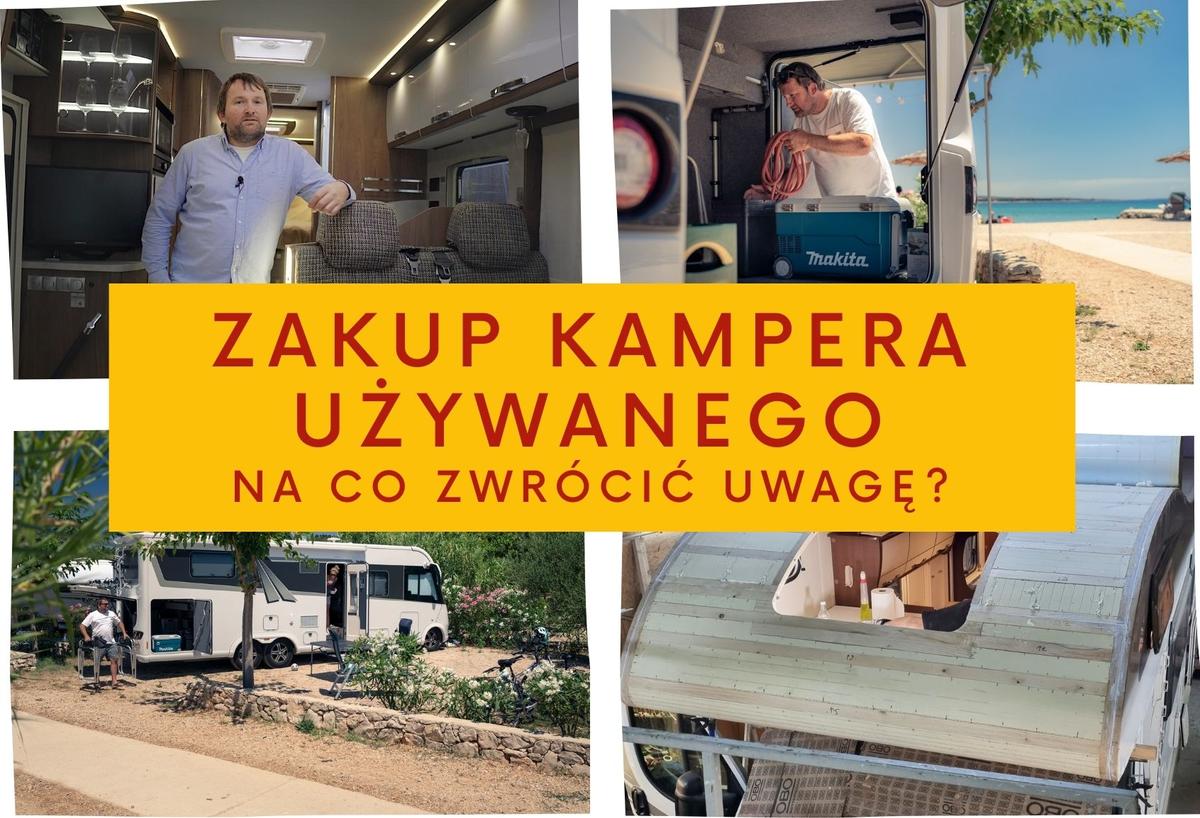Tips for begginers
Tips for begginers
Link copied to clipboard
Share
What to look for before buying a used motorhome?
Buying a motorhome is a bit like buying a house or an apartment, because we usually spend a lot of money for this purpose and we are supposed to enjoy it for many years. That is why we face a dilemma which model to choose and what to pay attention to, so as not to get a vehicle that we will not be completely satisfied with or whose bringing to a worthy state of use will cost us a lot of nerves, time and money. Below we present the basic information that is worth paying attention to when buying a second-hand vehicle.
of1

